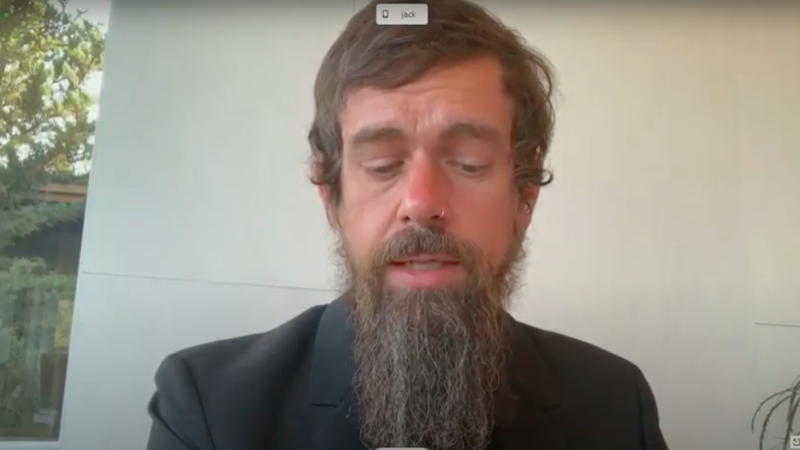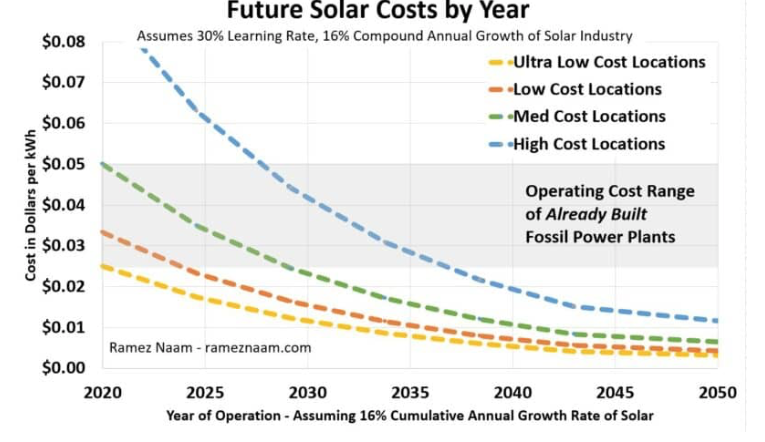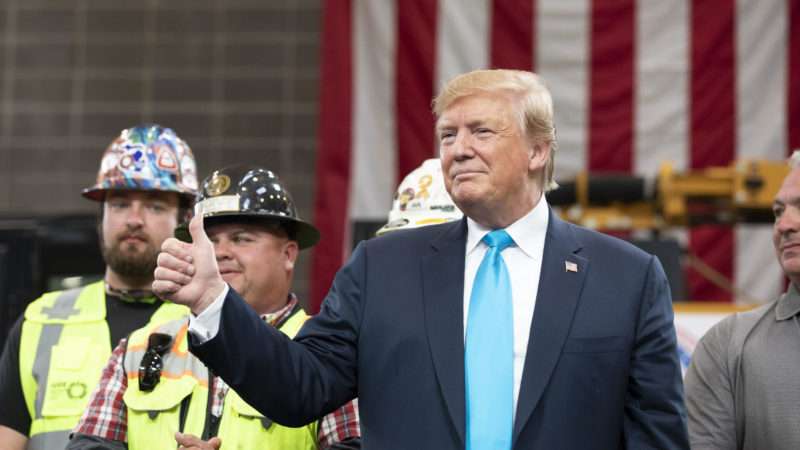Yesterday the White House Office of Science and Technology Policy issued a press release that lists “ENDING THE COVID-19 PANDEMIC” as one of the Trump administration’s “accomplishments.” The reaction from anti-Trump news outlets was predictable.
“White House lists ending Covid-19 pandemic as an accomplishment despite cases spiking to record levels,” CNN said. “U.S. reports more than 500,000 cases in a week, a record, as the Trump administration says it ended the pandemic,” The New York Times reported.
Gotcha headlines like these strike me as overly literal readings of routine political puffery. That “ending the COVID-19 pandemic” was meant to be aspirational rather than a statement of current reality is clear from the press release’s single sentence of elaboration: “From the outset of the COVID-19 pandemic, the Administration has taken decisive actions to engage scientists and health professionals in academia, industry, and government to understand, treat, and defeat the disease.”
If Joe Biden is elected president and fails to “lift every voice,” restore “the soul of the nation,” “secure environmental justice,” “revitalize Main Street,” “end violence against women,” “end our gun violence epidemic,” “end the opioid crisis,” “ensure the future is ‘Made in America,'” and “restore trust, transparency, common purpose, and accountability to our government,” will CNN and the Times count those as broken promises? Probably not.
Still, there is no denying that Donald Trump is all over the place when it comes to describing the COVID-19 pandemic and his strategy for dealing with it. The president has embraced blatantly contradictory messages unified only by his desire to make himself look good.
A White House “fact sheet” posted yesterday asserts that “President Trump’s Coronavirus Response Has Saved Over 2 Million Lives”—a claim that relies on an utterly unrealistic worst-case scenario that the administration promoted last spring. Six months later, Trump was retweeting outlandish claims that COVID-19 had killed a “minuscule” number of Americans: about 9,000, compared to the official death toll of about 187,000 at the time. Although Trump may have thought slashing the number of deaths by 95 percent reflected well on his policies, the implication was that he could not possibly take credit for saving millions of lives, because COVID-19 never posed much of a threat to begin with.
During his debate with Biden last week, Trump reverted to the position he took in late March. “As you know, 2.2 million people, modeled out, were expected to die,” he said. “We closed up the greatest economy in the world in order to fight this horrible disease.” That we was suspect, since it was governors, not the president, who decided to fight COVID-19 with sweeping social and economic restrictions. Nevertheless, Trump was clearly suggesting that lockdowns had reduced the death toll.
Nonsense, the White House “fact sheet” says: “Lockdowns fail to eliminate the virus and are causing irreparable harm to families and children, especially the working class and people with limited resources. Lockdowns have seen cancer cases and other serious illnesses not being diagnosed on time and an increase in drug overdoses and suicides. Due to school shutdowns, children are falling behind in math, reading and other subjects, and have lost access to important support services.”
While all of that is true, the White House, unlike Trump during last week’s debate, is clearly not crediting lockdowns with saving those 2 million imaginary lives. What is its current explanation? The “fact sheet” cites these examples of Trump’s “decisive action”:
President Trump has deployed point of care testing equipment, millions of rapid tests, and critical PPE to nursing homes to help protect our seniors.
The Administration also put in place safety measures like visitation restrictions, mandated staff testing, and required reporting of cases at certain senior facilities.
The Trump Administration mobilized extra beds and personnel to help prevent hospital overcrowding and has deployed medical supplies to aid healthcare workers on the frontlines.
The administration’s rollout of virus tests was a complete disaster, depriving policy makers of the information they needed to weigh the costs and benefits of proposed interventions (including lockdowns) and making it impossible to curtail the epidemic through isolation, quarantine, and contact tracing. The rest of the items on the White House list seem like pretty weak tea, as does Trump’s frequent boast that he restricted travel from China. That happened on February 2, four days before the first known COVID-19 death in the United States, which involved a middle-aged woman in Santa Clara County, California, who seems to have caught the virus through local transmission, which may have happened weeks earlier.
The “fact sheet” does include some actual facts. According to the “best estimates” from the Centers for Disease Control and Prevention, it notes, COVID-19’s infection fatality rate (deaths as a share of all infections) is very low among relatively young Americans: 0.003 percent among people 19 or younger, 0.02 percent for 20-to-49-year-olds, and 0.5 percent for 50-to-69-year-olds, compared to 5.4 percent among people in their 70s. I’m not sure Trump can take credit for that.
The White House also notes that “the United States has among the lowest case fatality rates of any major country.” Depending on how you define major, that is more or less true: The U.S. CFR (deaths as a share of confirmed cases), which has fallen dramatically since mid-May, is currently about 2.6 percent, compared to 6.9 percent in Italy, 5.2 percent in China, 5 percent in the U.K., 3.2 percent in Spain, 3 percent in France, 2.2 percent in Germany, and 1.8 percent in Japan.
Since the case fatality rate is based on confirmed infections, expanding virus tests to include younger, healthier people with mild-to-nonexistent symptoms—as the U.S. has been doing in recent months—brings the rate down. But with the exception of Germany and the partial exception of Japan (which initially had a higher CFR than the U.S.), the U.S. CFR has always been lower than the rates in those other countries, which may partly reflect differences in age demographics or health care. It is not clear to what extent differences in polices—let alone policies championed by the Trump administration—explain international variations in the case fatality rate, which also varies widely across the United States.
Wider testing tends to reduce the CFR, which makes the president look better. But Trump has frequently complained that wider testing, which the White House touts as one of his administration’s major accomplishments, makes him look worse. The White House “fact sheet” likewise bemoans “the media’s fixation on case numbers,” which it says obscures progress in reducing daily deaths.
The White House has a point. Since mid-September, the seven-day average of newly confirmed cases has risen sharply in the United States (and in Europe). Yesterday, according to Worldometer’s numbers, that average was nearly 73,000, more than double the number on September 12 and a new record. Yet the weekly average of daily deaths so far has risen only modestly (from 704 on October 17 to 842 yesterday) and is still 63 percent lower than the peak on April 21.
Given the lag between laboratory confirmation and death, daily fatalities probably will continue to rise during the next few weeks. But judging from the experience with this summer’s COVID-19 spike, the increase in deaths won’t be nearly as big as the increase in cases, let alone as big as Biden predicts (a fivefold rise by late November). COVID-19 looks less lethal now for the same reasons the CFR is falling: a younger, healthier mix of patients, possibly combined with better treatments. But again, the Trump administration has not made a very plausible case that the president is responsible for that development.

from Latest – Reason.com https://ift.tt/2HypVyP
via IFTTT






